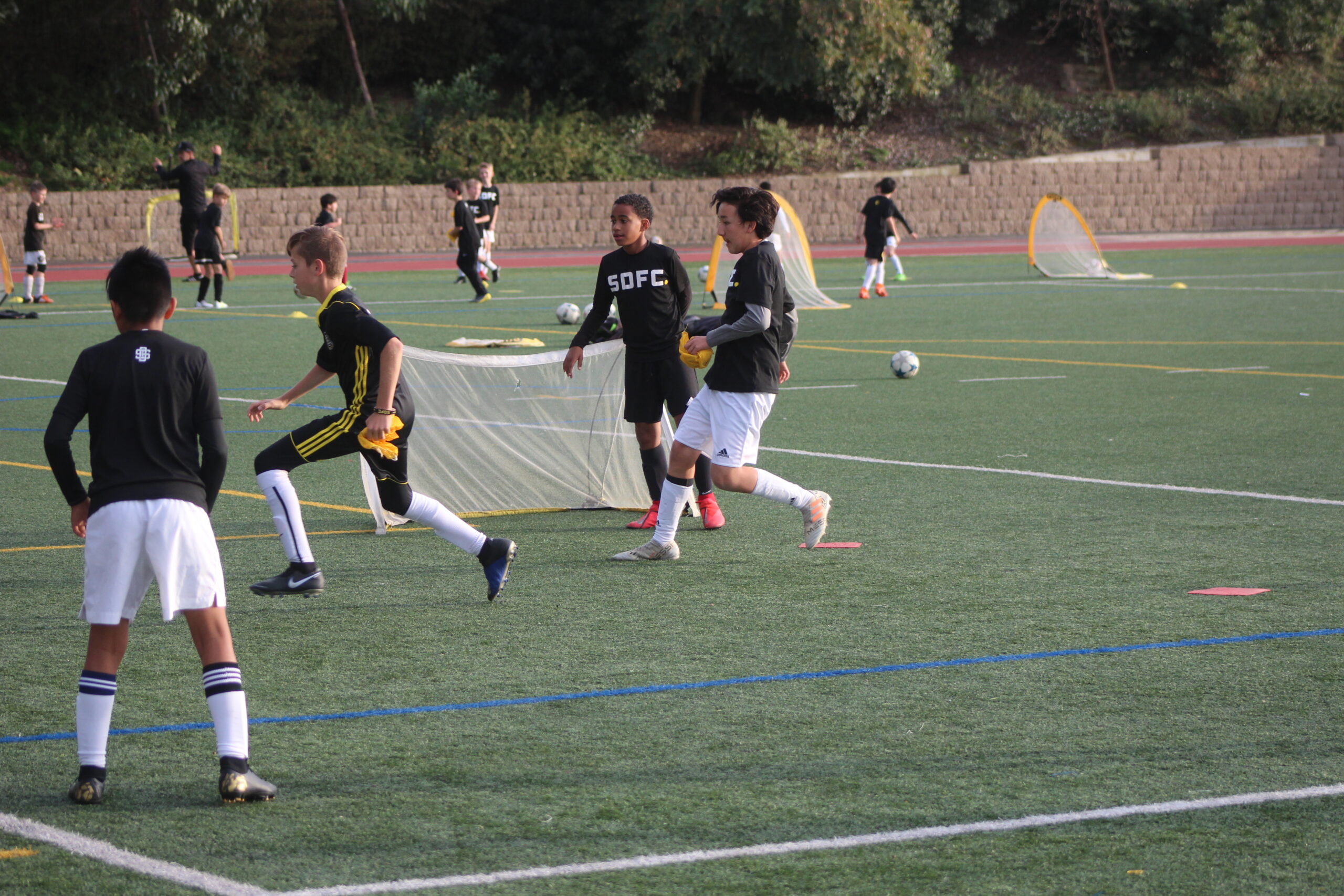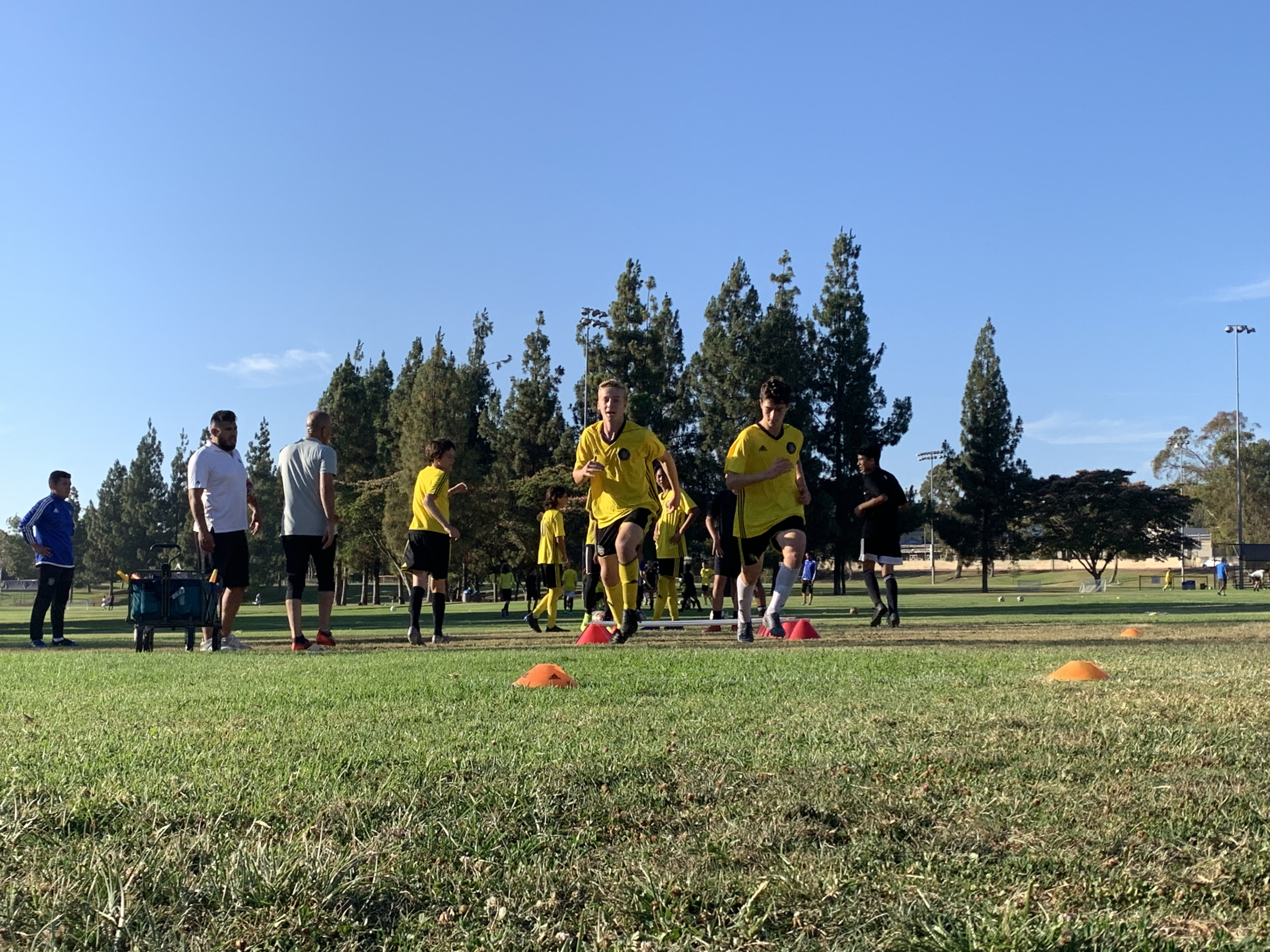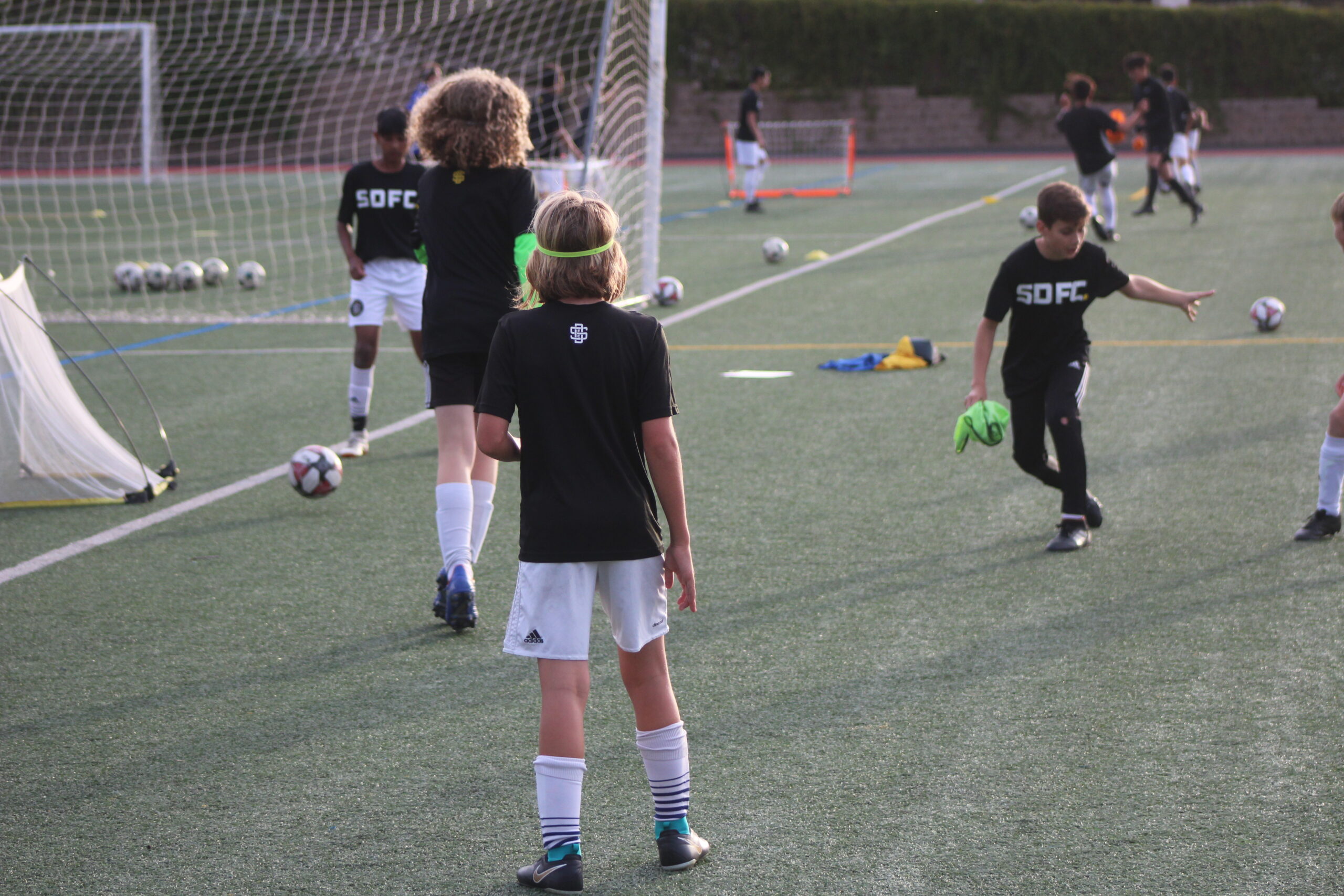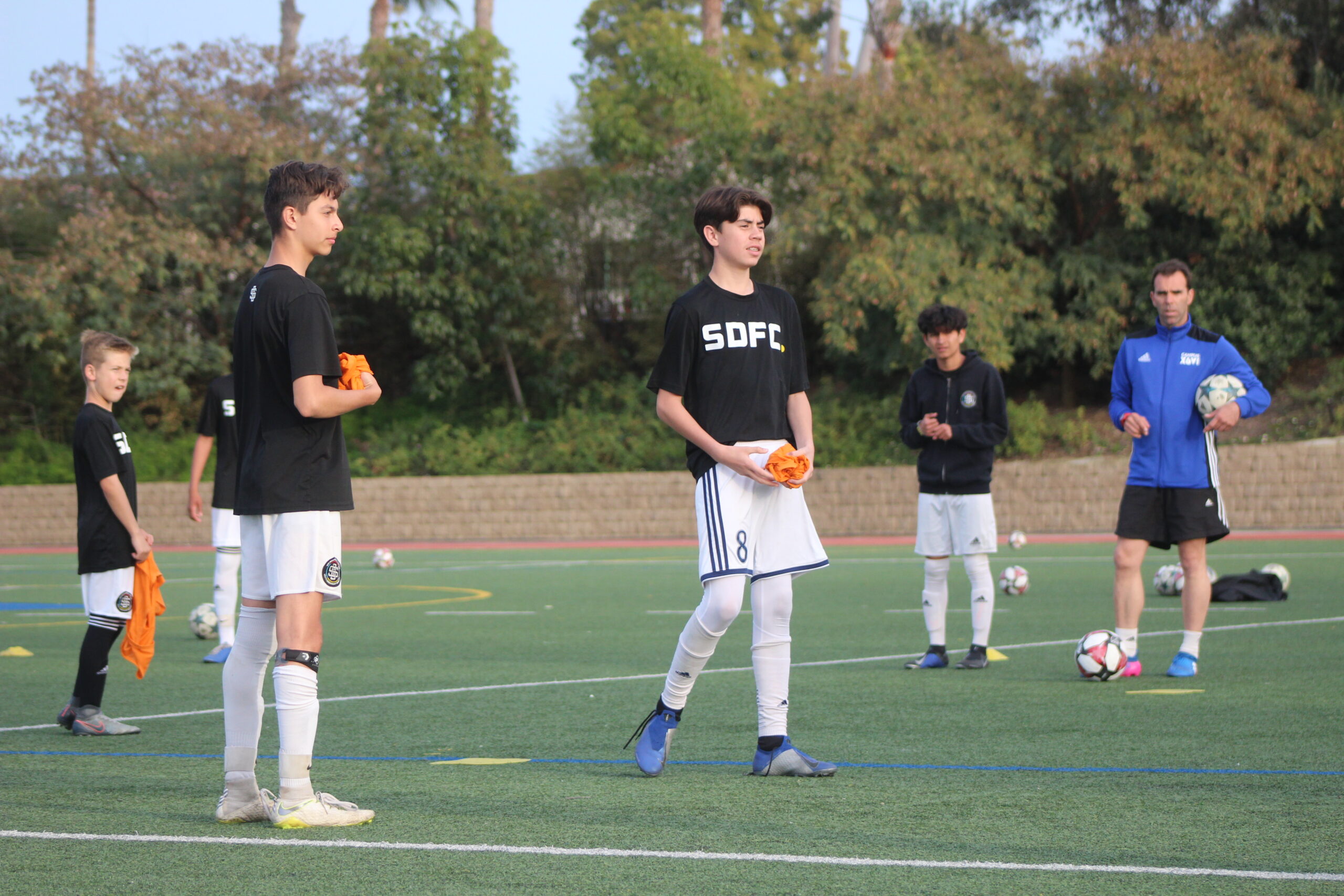


SDFC curriculum helps players become the best they can by promoting individual’s creativity that serves the team. Most people think of creativity and see Neymar, Ronaldo, dribbling, flavor and moves, feints, scissors, etc. Creativity is simply making the right decision by using outside the box thinking. This is what separates great players from average players. Creativity is Thomas Edison. We had candles, we had mail, why did we need electricity or telephone?
SDFC curriculum and methodology looks at soccer training with a new set of lenses:
“We can differentiate among traditional analytical training where the different factors are trained in isolation, the integrated training, which uses the ball but where the fundamental concerns are not very different from the traditional one; and there is my way of training, which is called Tactical Periodization. It has nothing to do with the previous two even though many people could think so.” (Mourinho, J. in Gaiteiro, 2006)
Just a disclaimer, the following is not for all parents. We understand that the goal is to help players become the best they can. However, we do have many soccer sophisticated parents and/or those who are always in the quest for soccer knowledge. That is why we have decide to share a bit more about our methodology only from a 30,000 ft. view in order to help you understand where we are coming from and where we can take you and your player.
The tactical principles of play refer to a set of match-play patterns that a player must adopt at any of the four moments of the game. This is the Game Model. Given the high unpredictability that exists during a match, we try to create predictability through preparation, planning and training.
Accordingly, every training session is designed to fit the player personality and our game model. The systematic repetition of the tactical principles of play should enable the players to control the game, being proactive vs. reactive to the game. . Creating habits is possible only when the brain has experienced the same or similar situations and has “recorded” them.
The work of Haggard & Libet (2001) showed that the brain prepares movement responses long before a person is aware that a movement will occur. Actions and decisions that are taken daily, that seem to be conscious and instant, are in fact the result of subconscious processes in the brain. Thus, through these habits, decision and reaction times can be reduced substantially (McCrone, 2002).
This way of training is intended to prepare a player to understand and react more quickly to every possible game situation
Click on the link above to view the PDF and learn how we use Victor Frade’s Tactical Periodization Model to create our methodology and combine multiple sources of information in order to create complete players. You will see that putting together just ONE exercise takes massive amount of time and resources if the goal is to customize training session.
Otherwise, one can take a look at a bunch of Youtube videos or use cookie cutter training sessions that were built for different countries, teams, players, levels and ages for marketing purposes and impress parents.
The key point in any methodology is to have a roadmap, a complete process in order to help EACH player go from point A to point B.
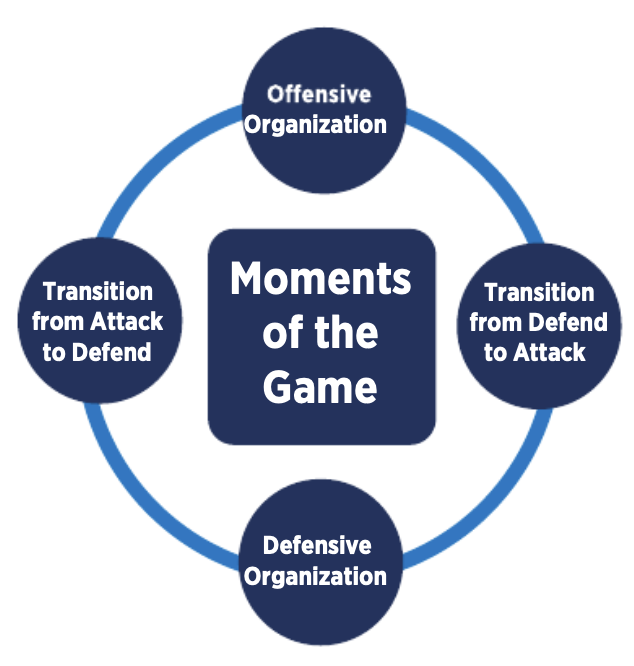
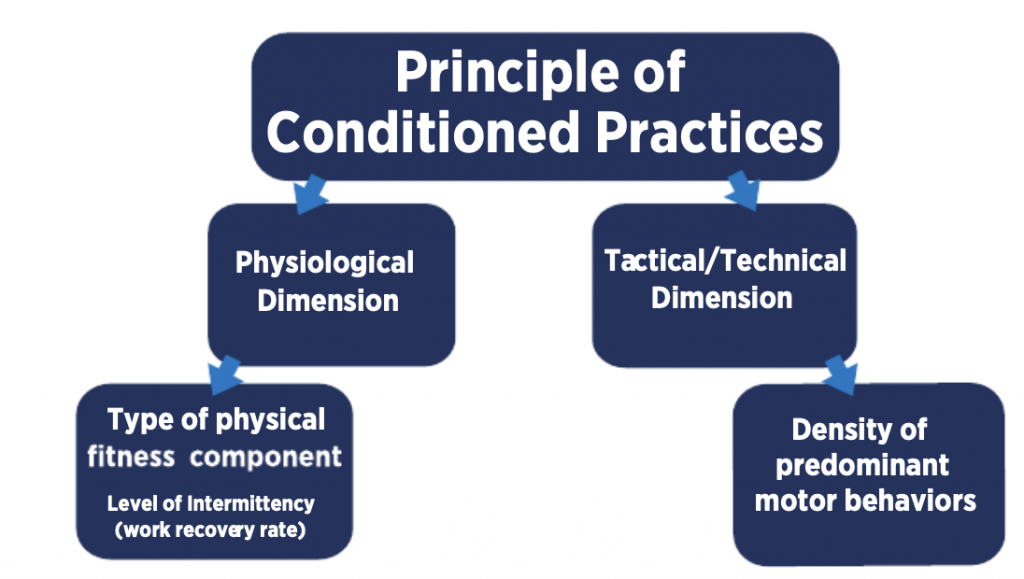
sub-principle of a game model, the best way to do it is to create appropriate exercises. Then, if we are interested in certain behaviors related to a given principle of play, we should make them appear more often than others in the exercise.
.
SDFC Core Values
- Accountability
- Community
- Humility
- Integrity
- Meritocracy
- Respect


